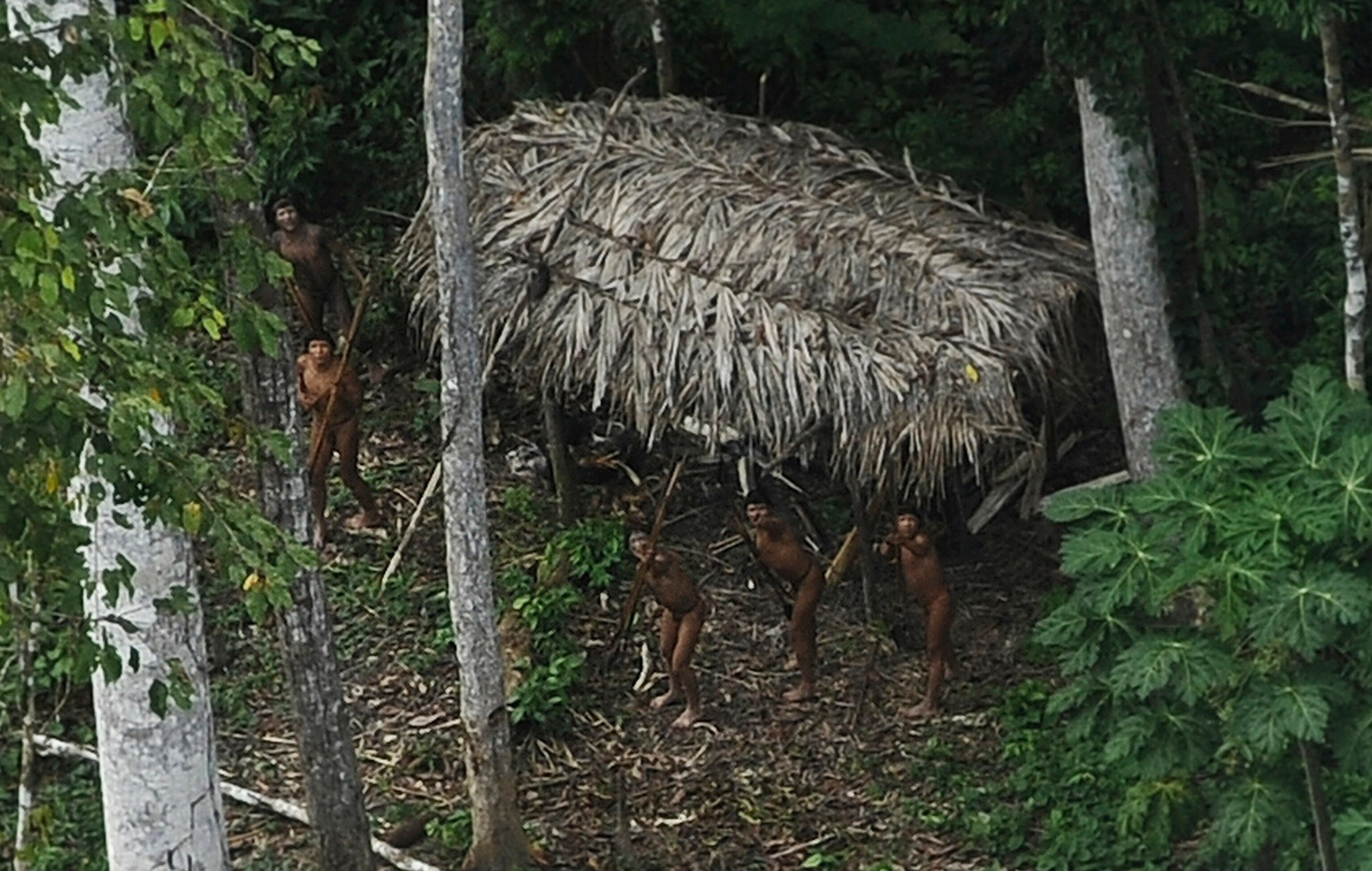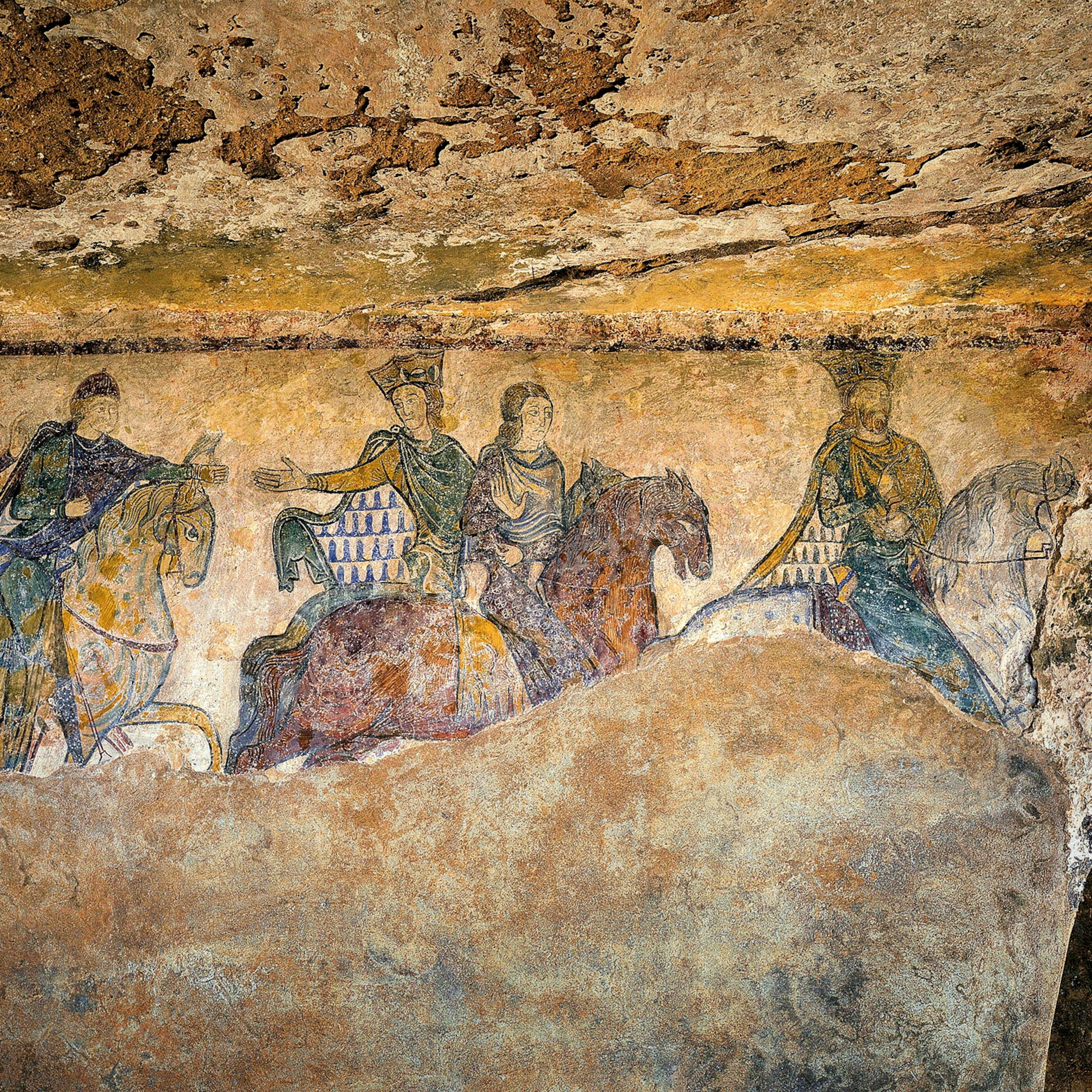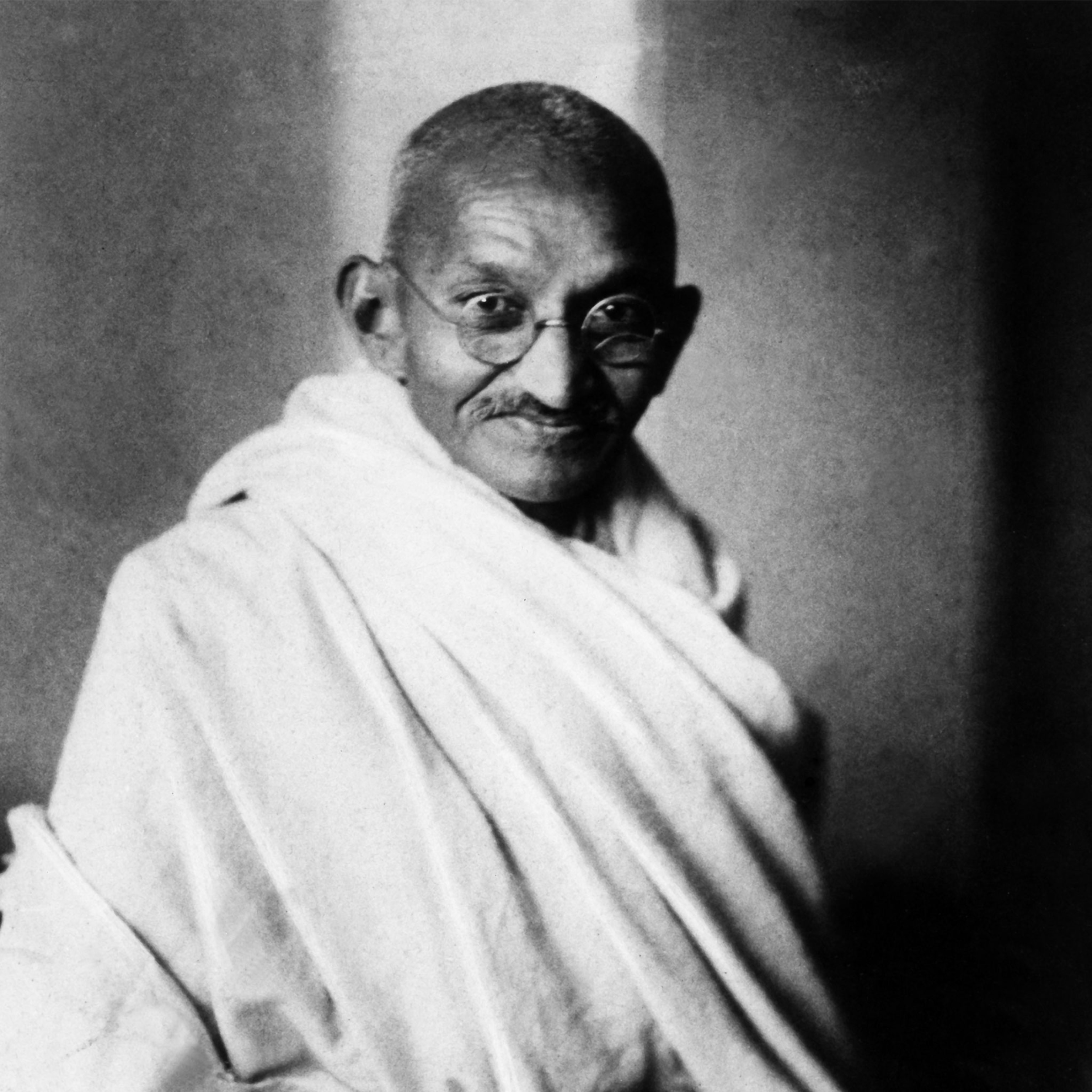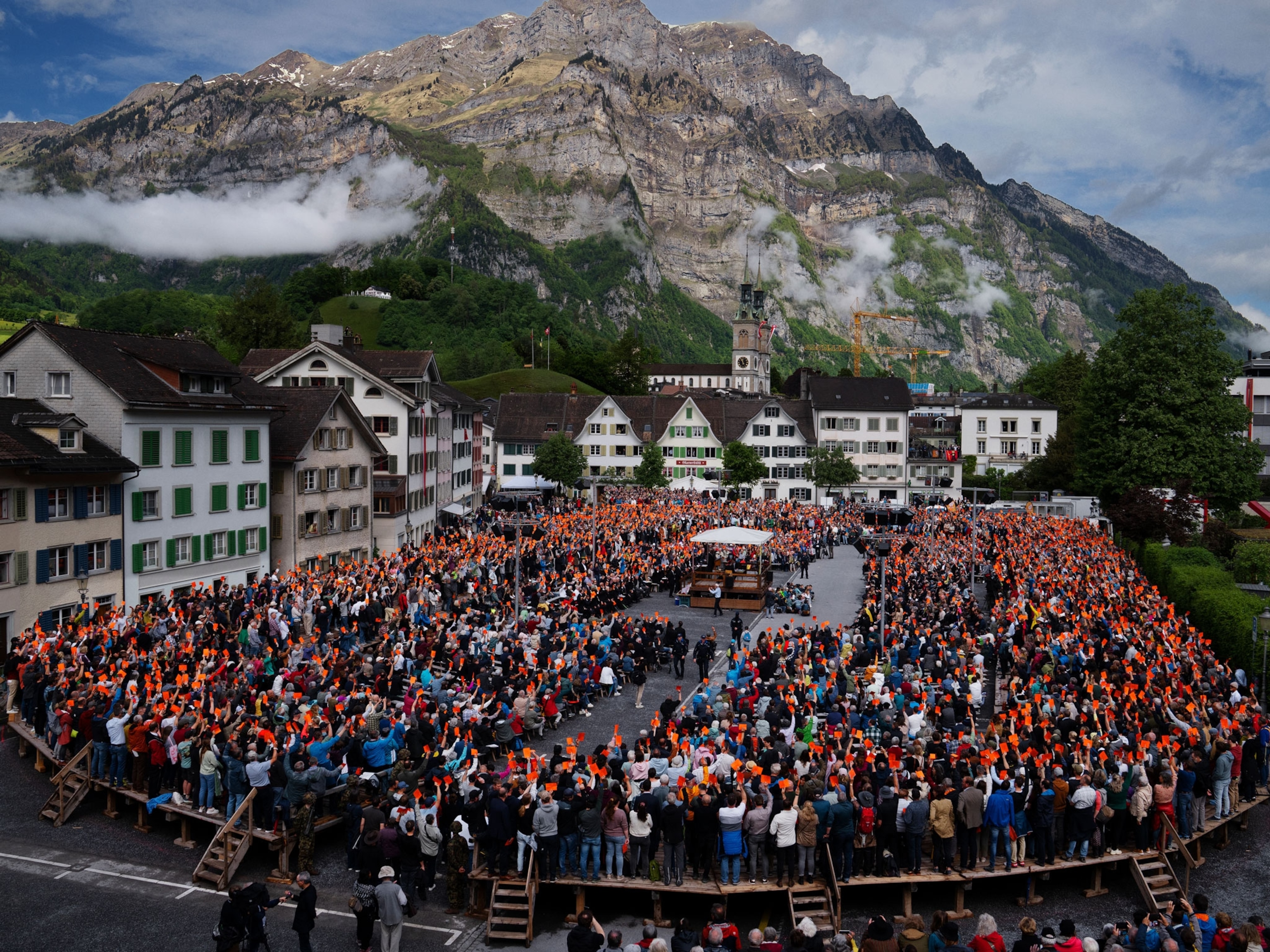
Some Isolated Tribes in the Amazon Are Initiating Contact
Indian rights activists, South American governments are challenged by recent encounters to rethink their ‘no contact’ policies.
The recent emergence of isolated tribes from jungles in Peru and Brazil is challenging officials in both countries to rethink their “no contact” policies and to prepare for a possible wave of “first contacts” as the Amazon wilderness that harbors the highly vulnerable indigenous groups continues to shrink.
“The people are going to come out,” said José Carlos Meirelles, a veteran of more than 40 years working to protect some of Brazil’s most mysterious and seldom-glimpsed “uncontacted tribes” along its remote and largely lawless border with Peru. “I believe we’re going to see a succession of first contacts in the coming ten years.”

Peruvian officials sounded the alarm late last month when they announced that a team of experts had been dispatched to a remote Amazonian region to seek “controlled contact” with a group of two dozen indigenous Mashco-Piro nomads. For months, the Indians have appeared regularly on riverbanks and even entered settlements to seize food and goods.
Tourists and locals have made videos of themselves embracing the Indians, handing them clothing and bottles of soda pop. But some of the encounters have also been deadly. In May the tribesmen killed a 22-year-old man in his village with an arrow-shot to the heart for reasons that remain unclear.
Nearly invisible to the outside world for decades, the Mashco-Piro suddenly began appearing with regularity along the upper Madre de Dios River about three years ago. They typically vanish as quickly as they show up, but their presence in the nearby forests is ratcheting up tensions with communities of Matsigenka natives who were contacted by missionaries in the 1960s and later settled along remote stretches of the river.
We’re between the sword and the wall. This is an emergency that requires a concrete response.Luís Felipe Torres, adviser to the Peruvian government
“You definitely see the pace and aggressiveness of contact accelerating rapidly,” said Glenn Shepard, an ethnology curator at the Goeldi Museum in Belém, Brazil, who has been working with indigenous people in the Madre de Dios region for 25 years.
Officials have only now acknowledged their plan to make official contact with the Mashco-Piro. But the emergency team has been in the field for more than a year, according to Luís Felipe Torres, adviser to the Ministry of Culture’s Directorate of Indigenous People Living in Isolation and Initial Contact. The goal, Torres said, is to devise a way to mediate the Mashco-Piro’s quickening embrace of the outside world.

The strategy, approved by the ministry last week, includes controlling access to the upper reaches of the river that the Indians are known to frequent, educating nearby communities about the dangers of interaction with the Mashco-Piro, an inoculation campaign in settlements to minimize the chances of disease transmission, and fact-finding patrols to gather more information about the tribe.
In a phone call from Lima with National Geographic, Torres dismissed critics—including the leaders of the largest indigenous federation of the Madre de Dios region—who claim that efforts to reach out to the Mashco-Piro pose a dangerous precedent and a reversal for native rights. “We’re between the sword and the wall,” Torres said. “This is an emergency that requires a concrete response.”
Peru’s official policy of “no contact,” adopted in 2006, remains unchanged with respect to the 14 or 15 tribes living in isolation within its boundaries. Torres explained that an exception was made in the case of this particular group of Mashco-Piro because they are actively seeking contact with the outside world, exposing themselves to grave danger.
The “no contact” policy is modeled on the approach pioneered in the 1980s by Brazil, which harbors at least 27, and perhaps as many as 70, isolated indigenous communities, the most of any country in the world. Both Peru and Brazil have created networks of forest reserves and parklands to shield these tribes from the exploitation and devastating illnesses that often accompany the arrival of Western civilization in the backwoods. Without medical care and rigorous follow-up, previously unexposed indigenous populations can quickly succumb to contagions, such as measles and the flu. Epidemiologists and historians now believe that epidemics unwittingly unleashed by Europeans played a decisive role in their conquest of the New World.

With rugged upland forests and near-impenetrable marshlands, the western Amazon has offered an ideal refuge for indigenous tribes seeking to preserve their cultures and hide from perceived enemies. Most of South America’s isolated groups are concentrated in the huge arc that roughly follows Brazil’s western boundary. Venezuela, Colombia, Ecuador, and Bolivia each host a few such tribes. One isolated group has been besieged by ranchers clearing their woodlands in Paraguay’s Chaco region. A few isolated tribes are believed to live in the highlands of New Guinea. And the Andaman Islands in the Indian Ocean host a pair of isolated tribes that have greeted attempts at contact with showers of arrows.
Torres said he has encountered the group of Mashco-Piro multiple times in recent months and has sought to learn more about the tribe: the health of family members, where they’re living, how many there are, how far into the jungle they wander. The meetings occur along the riverbanks, when the researchers happen upon the Indians. The tribesmen are naked and make a point of showing they are unarmed. The researchers use indigenous interpreters from nearby settlements who speak Yine, a language understood by the Mashco-Piro. “They tell us: ‘Don’t be afraid. We’re not going to hurt you,’” said Torres, describing a typical exchange. “But they must keep their arrows hidden nearby. They never go anywhere without their bows and arrows.”
If they are seeking contact, we must welcome them in the best manner possible. We must take care of their health, block out the boundaries of their territory, give them some time to adjust to the madness of our world.José Carlos Meirelles, an Indian protection agent in Brazil
These conversations so far have been conducted in shouts back and forth from opposite sides of the river. They are about the Indians’ desire for certain goods; they want machetes to make arrows or bananas to eat. The encounters have yet to elicit the reasons underlying their decision to emerge from the primeval forests that have shielded their people for decades—if not centuries.
Isolated indigenous groups in the western Amazon are under mounting pressure. The noose is gradually tightening around the last stretches of rainforest that remain free from the whine of chainsaws, the crack of rifles, the rumble of machinery. But in this instance, Peruvian officials doubt the Mashco-Piro are fleeing drug traffickers, loggers, or oil exploration crews. They believe the Indians are simply seeking more of the goods they have come to know through raids on settlements and encounters with strangers.
Trade goods have long exercised a powerful attraction for isolated tribes. For most of the 20th century, Brazilian wilderness scouts showered so-called “wild Indians” with such gifts to seduce them into accepting contact. That practice came to an end when Brazil adopted its “no contact” policy to respect the right of the isolated tribes to remain in seclusion if they so desired. After that, government agents would only seek out tribes that were in imminent peril from disease or genocidal violence. Indian rights officials assumed that the tribes would choose isolation over contact.
Recent events are challenging that assumption. Last year, a group of about 30 Indians emerged from the jungles around the native Ashaninka settlement of Simpatia on Brazil’s Xinane River, just across the border from Peru. According to Carlos Travassos, director of the Department of Isolated and Recently Contacted Indians, they melted back into the forest but emerged again days later, sick and exhausted, just as an emergency response team arrived. Speaking through interpreters, the Indians described a harrowing ordeal in the jungle across the border in Peru, where their people had suffered bloodshed at the hands of intruders, presumably illegal loggers or drug traffickers.
“We can’t say for sure that any single thing led them to make contact,” Travassos wrote in an email from Brasilia, “but it’s clear that the violence and attendant exhaustion they suffered cleared the way for contact.” The entire group received inoculations against the flu before returning to the forest. Thanks to the efforts of the team, Travassos continued, “the impacts of contact were kept to a minimum.”
Brazilian officials who helped formulate the “no contact” policy years ago are rethinking their strategy. “There’s something called self-determination,” Indian protection agent Meirelles told National Geographic by phone from his home in the Amazonian port city of Rio Branco. Having devoted decades to working along the Xinane River where last year’s contact occurred, Meirelles was recently invited to Peru to advise Torres and his superiors at the Ministry of Culture on the Mashco-Piro contact.
“If an isolated tribe decides to make contact, what are we going to do—tie them up, put them on a plane, and drop them back into the jungle?” Meirelles said. “If they are seeking contact, we must welcome them in the best manner possible. We must take care of their health, block out the boundaries of their territory, give them some time to adjust to the madness of our world.”
Scott Wallace, a regular contributor to National Geographic, is the author of The Unconquered: In Search of the Amazon's Last Uncontacted Tribes. Follow him on his website and on Twitter.







